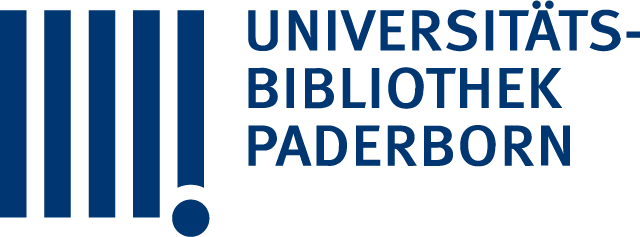Die differentielle Phasenkontrastmikroskopie (DPC) ist eine Technik in der Rastertransmissionselektronenmikroskopie (STEM), die die Abbildung und Quantifizierung von elektrischen Feldern in Festkörpern ermöglicht. In Verbindung mit der modernen Korrektur von Linsenfehlern können elektrische Felder mit subatomarer Auflösung untersucht werden. Dies macht STEM-DPC zu einer vielversprechenden Methode, um die Verteilung des elektrischen Feldes und der Ladungsdichte einzelner Atome genau zu bestimmen. Die Anforderungen an eine quantitative DPC-Mikroskopie sind jedoch hoch, da die messbare Feldverteilung durch zahlreiche Faktoren beeinflusst ist. In dieser Arbeit werden verschiedene Einflüsse auf die DPC-Abbildung, wie z.B. Linsenfehler, dynamische Beugungseffekte, Bildrauschen, Probenverkippung sowie der verwendete Detektor, experimentell und mit Hilfe von Multislice-Simulationen untersucht. Mit Fokus auf die DPC-Abbildung mit einem segmentierten Detektor wird gezeigt, wie sich einzelne Einflüsse auf die DPC-Messung auswirken und wie sie leicht erkannt werden können. Es werden neue Methoden zur Minimierung der Einflüsse vorgestellt, z.B. ein Verfahren zur Ermittlung des optimalen Fokus sowie ein Verfahren zur Reduzierung des Einflusses der Verwendung von segmentierten Detektoren. Abschließend werden Anwendungsbeispiele der DPC-Mikroskopie an elektrischen Feldern in Silizium, Indiumarsenid sowie defektfreiem und defektbehaftetem zweidimensionalen Wolframdiselenid gezeigt.
Titelaufnahme
- TitelContributions to differential phase contrast imaging / vorgelegt von Julius Bürger ; [1. Gutachter: Prof. Dr. Jörg K. N. Lindner, 2. Gutachter: Prof. Dr. Knut Müller-Caspary, 3. Gutachter: Prof. Dr. Donat J. As]
- Autor
- Beteiligte
- Erschienen
- Umfang1 Online-Ressource (ii, 301 Seiten) : Illustrationen, Diagramme
- HochschulschriftUniversität Paderborn, Dissertation, 2024
- AnmerkungTag der Verteidigung: 12.04.2024
- Verteidigung2024-04-12
- SpracheEnglisch
- DokumenttypDissertation
- URN
- DOI
- Social MediaShare
- Nachweis
- IIIF
Differential phase contrast (DPC) imaging is a scanning transmission electron microscopy (STEM) technique, which allows the visualisation and quantification of electric field distributions of solids. Paired with state-of-the-art lens aberration correction, electric fields can be investigated with exceptional spatial resolution, which is far below the typical distance of atoms in solids. This renders STEM-DPC a promising method to accurately reveal the electric field and charge density distributions around individual atoms. However, the requirements for quantitative DPC are high, as the measured field distributions are influenced by numerous factors. In this thesis, various influences on the DPC image including residual lens aberrations, dynamic diffraction effects, image noises, specimen tilt as well as the detector are investigated both experimentally and with the help of multislice image simulations. With focus on DPC imaging with a segmented detector, it is demonstrated how individual influences affect the DPC measurement and how they can be readily detected. New methods for minimisation of influences are presented, e.g. a method to find the optimum focus as well as a novel procedure to reduce the influence of the segmented detector. Finally, application examples of DPC imaging of atomic electric fields in silicon, indiumarsenide as well as multilayers of pristine and defective two-dimensional tungsten diselenide are shown.
- Das PDF-Dokument wurde 5 mal heruntergeladen.


